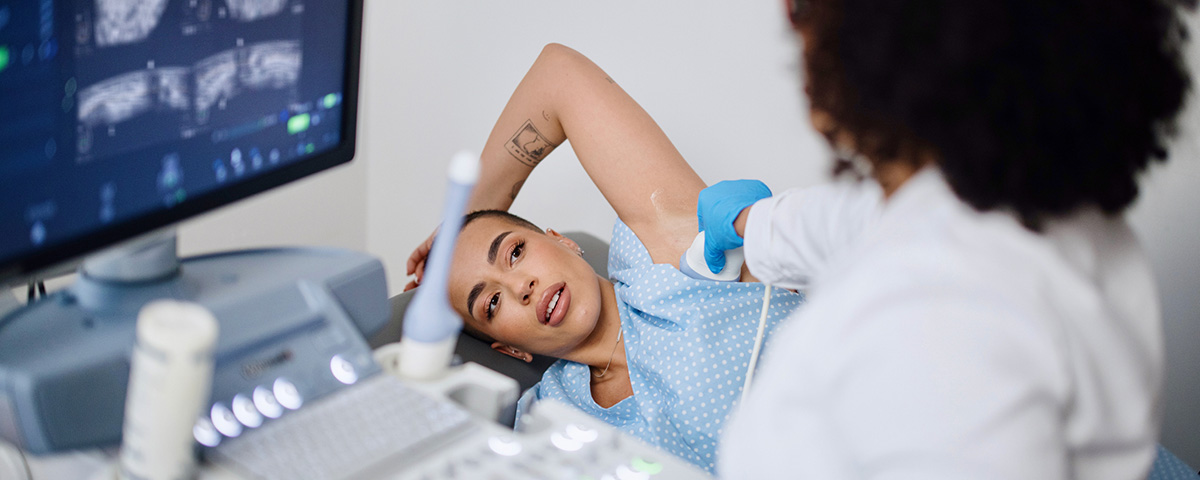Every year in early November, the American Society of Radiologic Technologists (ASRT) celebrates National Radiologic Technology Week. It’s an opportunity to recognize the crucial role that medical imaging professionals play in patient care and safety. The celebration takes place during the week of November 8, which is the day Wilhelm Conrad Roentgen discovered the X-ray in 1895.
Radiologic Technologists (R.T.s) play an integral role in the cancer patient experience. They are educated in anatomy, patient positioning, examination techniques and radiation safety, allowing them to perform highly skilled and precise procedures. Most importantly, though, they are on the frontlines of caregiving during the diagnostic and therapeutic phases, putting the patient’s comfort, safety, and overall experience first.
What is Radiologic Technology?
Following Roentgen’s discovery, the X-ray gained popularity as a way to diagnose and treat illness in the early 1900s. The X-ray machine remained the primary tool of medical imaging until the 1960s and 1970s, when newer procedures like computed tomography (CT), mammography and sonography became commonplace in the healthcare industry. The X-ray is also a traditional tool used for radiation therapy to treat cancer.
Modern Radiologic Technology covers two main areas – medical imaging and radiation therapy. According to the ASRT, there are several practices in which an R.T. can specialize, including general radiography, computed tomography (CT), mammography, magnetic resonance imaging (MRI), radiation therapy, and others.
In the medical imaging field, an R.T. is responsible for making sure the patient is properly positioned for a quality diagnostic image. Rad Techs in medical imaging are typically specialists, like Radiographers, Mammographers, Sonographers, MRI techs, or CT Techs.

